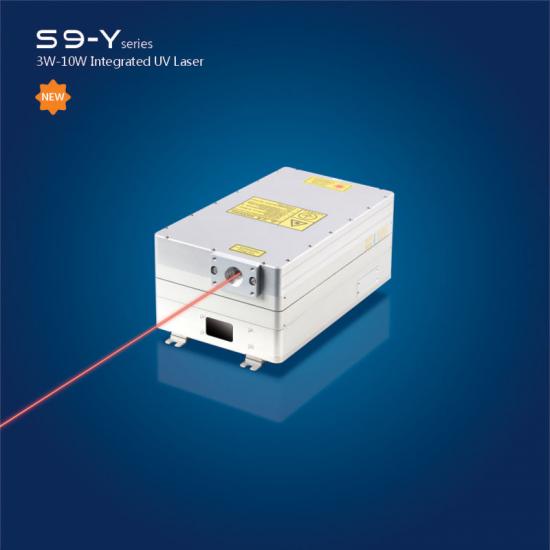
Ultraviolet laser cutting sapphire, opening up new areas
Jun 30 , 2021
With the accelerated construction of 5G communication networks and terminal equipment on a global scale, the consumer electronics industry chain has ushered in a brand new track. In the 5G era, innovative breakthroughs in the appearance of consumer electronic products rely on technological improvements, while the changes in materials will have a deeper impact. As the situation changes, RFH laser equipment is conquering the sapphire laser cutting market, winning the trust of customers from all over the world.
01 Market prospects of new sapphire materials
Because sapphire has the characteristics of high hardness, wear resistance, high temperature stability, etc., sapphire is widely used in the fields of LED substrates, electronics, aerospace equipment, and medical implants. According to the "China Sapphire Industry Development Prospect Forecast and Investment Strategic Planning Analysis Report" released by the Qianzhan Industry Institute, the sapphire material market is growing at a compound annual growth rate of 42%. It is estimated that by 2023, the global sapphire material market will reach 10.8 billion US dollars. By 2021, the market size of smart phone sapphire covers will increase from 230 million U.S. dollars in 2016 to 13.98 billion U.S. dollars, and the market size of sapphire covers for smart watches will increase from 240 million U.S. dollars to 620 million U.S. dollars.
02Sapphire processing technology is very complicated
The main chemical component of sapphire is alumina, and its biggest feature is its very high hardness, with a Mohs hardness of 9, which is second only to diamond in natural materials. According to industry insiders, the processing technology of sapphire glass is extremely complicated. Taking the mobile phone industry as an example, the use of sapphire glass to make mobile phone screens will simply cause the entire screen to become useless due to easy collapse during the process of cutting the edges. From material selection, cutting, grinding, to polishing, each process may have problems. In the view of the manufacturer, this is a great challenge to the processing technology. At present, for domestic manufacturers, in order to break through this bottleneck, the most urgent thing to do is to introduce new processing techniques to improve the processing quality and processing efficiency of sapphire glass.

uv laser | green laser | Ultraviolet lasers | uv dpss laser | nanosecond laser | UV laser source | Solid State Lasers
03RFH UV laser K-6 becomes a weapon
At present, there are many sapphire cutting equipment on the market. Sapphire cutting is relatively easy, but the effect is uneven, because sapphire is very hard and brittle and requires secondary processing. After more than ten years of precipitation, RFH laser has become the industry's leading industrial-grade high-end solid-state laser manufacturer. For sapphire laser processing, it has independently developed a series of new products such as ultraviolet laser K-6. This series of products adopt non-contact processing, with high processing accuracy, small heat-affected zone, and good long-term stability; the cutting edge is smooth without chipping, the yield is high, the processing speed is more than 10 times that of traditional tool processing, and the use cost is low. Unlike traditional laser cutting, the UV laser K-6 is basically dust-free.
The pace of 5G has accelerated, the trend of consumer electronics trending is becoming more and more intense, and the demand for sapphire materials has exploded. The K-6 series of RFH ultraviolet lasers can help the rapid development of the industry.